It’s a mist-steeped weekday morning in the Dorsoduro district. The kind when the rising lagoon licks at the old stones as if trying to devour the city, footsteps echo mournfully between peeling palazzi and even the marble statues seem to hang their heads. But not too early nor too dismal, it turns out, for wine.
In Osteria Al Squero — named after Venice’s oldest boatyard, which it faces across the narrow canal — the lights are on. A huddle of Venetian men stands beneath the wooden beams with their grocery bags and small dogs, enjoying un’ombra. It means “shade” in Italian but also, here in the Veneto, a small glass of vino. The locals drink theirs swiftly, not bothering to remove their coats and hats, before breaking apart with a chorus of “ciao-prego-buona giornata” to continue their errands or, who knows, head into the office.
“The bàcaro is a small Venetian tavern,” explains Alvise Gavardina, chief concierge at nearby boutique hotel Il Palazzo Experimental. “Grazing your way through a few of these is really the best way to get to know the city’s most hidden and secret corners. In the bàcari, you can taste a glass of wine or a Spritz, our famous aperitif, served with traditional Venetian finger food, known as cicchetti.”
Lined up in glass-fronted cabinets, the cicchetti resemble a flotilla of small boats with toothpicks as their masts. They’re prettier than the beige bowls of chips, nuts or nachos found on bar menus back home — fresher, tastier and more imaginative, too. If you visit the right spots, that is.
Mainstays include crostini (open-faced sandwiches) topped with baccalà mantecato (creamed salt cod) or sarde in saor (fried sweet-and-sour sardines marinated in vinegar and onions). But many spots expand well beyond this. At Al Squero, the day’s selection includes honey-drizzled gorgonzola and walnut, tuna with caramelized onions and a violet-hued radicchio mayonnaise. Garnishes of pink peppercorns, rosemary sprigs or crushed pistachio bring extra bursts of color. Over at All’Arco, tucked on a narrow calle behind the Rialto Market, I opt for a pleasingly monochrome trio of crostini: inky cuttlefish, truffle-flecked ricotta, shaved pecorino with olive tapenade.
Things-on-bread are just part of the equation. You will also see carciofi (artichoke hearts), boiled eggs draped in anchovies, polpette al carne (meatballs) and carrozze alla Veneziana (deep-fried mozzarella sandwiches) — each speared on a cocktail stick. Look for seasonal specialties like stuffed zucchini flowers and violetti di Sant’Erasmo (baby violet artichokes) from April to June. Certainly, not all cicchetti are made equal, so judge a bàcaro by the variety and freshness of its spread. As for wines, best to keep it local: the DOC zones of Amarone, Valpolicella, Prosecco or Soave are all found in the Veneto.
Cicchetti are a godsend for the food-envious, the chronically indecisive, the permanently peckish, the culinary commitment-phobe. They are, therefore, my favorite way to eat. The name is said to derive from ciccus, Latin for “little” or “nothing.” Cheap (often only two Euros a pop) and bite-sized, they’re the perfect companion to those equally modest splashes of wine, le ombre, tiding you over to the next stop without tipping you over the edge (figurately, or perhaps even literally into the canal). A recipe for convivial tipsiness rather than drunken catastrophe.
The word ombra apparently became attached to Venetian bar culture because medieval winemakers used to sell their wares beneath San Marco’s bell tower, its long shadow keeping their barrels cool. To go tavern-hopping then, is referred to as giro d’ombra, or “shadow tour.” Sounds a little more seductive than “bar crawl,” doesn’t it?
As for the word bàcari, this may derive from far bàcara — an old Venetian dialect phrase meaning “to celebrate” — or the Roman god of wine, Bacchus. By the 1300s, there were more than twenty bàcari surrounding the Rialto Bridge. The oldest still in existence is Cantina Do Mori, which dates back to 1462. It’s a long, dark slip of a bar just across the calle from All’Arco, and once a favorite date-night spot of Casanova’s, so they say.
Some Venetians are now dreaming up new spins on their beloved bàcari. Vino Vero is bringing in natural wines from further afield, so you can pair your baccalà with, say, a trendy orange varietal from Slovenia or a Portuguese alvarinho. The menu at Il Palazzo Experimental, Gavardina explains, “takes inspiration from that heritage not so much for its offering — for example, our drinks are more elaborate, our cicchetti is cooked to order — but more for the easy-going, convivial atmosphere one finds in Venetian bàcari.” The seasonal finger-food in the hotel’s all-day dining destination Adriatica might include chunky fingers of fried polenta, polpette on lollipop sticks or crostini crowned with creamy Stracciatella di Bufala and pea shoots, in a retro-chic retelling of local culinary culture.
Just as the bàcari of old were egalitarian places where nobles rubbed shoulders with lowly sailors, these days they’re frequented by Venetians and stranieri (foreigners) alike. The latter tend to blink at the array of bar-snacks in bewilderment, until through a combination of mime and mumbling they eventually fill their paper plates and re-emerge with glazed and grateful smiles. The next challenge is finding a spot to tuck into it all. Bàcari are typically tiny, backstreet joints, with only a few stools to perch on, prompting the crowd to spill outside.
Service is unfailingly brusque and opening hours erratic; some start from as early as 8:30 a.m. and draw their shutters come early afternoon, others roll from midday to midnight. Whether it’s a pre-prandial pitstop, golden hour aperitivo or supper substitute, there’s no bad time for a bàcaro visit. So, step away from that tourist-trap pizzeria and tuck into Venice’s age-old moveable feast.
Cicchetti Cheat-Sheet
What to order on your Venetian bar-crawl
Baccalà mantecata — creamy, whipped salt-cod, traditionally served on polenta fingers
Carciofi — artichoke hearts Carrozze alla Veneziana — breaded and fried mozzarella sandwiches
Crostini — toasted bread slices with various toppings
Ombra rosso/ombra bianco — red or white wine, respectively
Polpette al carne/di tonno — fried balls of meat or tuna
Sarde in saor — sweet-and-sour sardines cooked in onions, raisins and pine nuts
Tramezzini — teeny-tiny crustless sandwiches, sometimes toasted
Bàcari Address Book
A few of our favorite watering-holes in Venice
Cantina Do Mori — Calle Do Mori, 429, +39 041 522 5401
Bar All’Arco — Calle Arco, 436, San Polo, +39 041 520 5666
Cantine del Vino già Schiavi — Fondamenta Nani, 992, Dorsod ro, +39 041 5230034, cantinaschiavi.com
Osteria Al Portego — Calle de la Malvasia, 6014, Castello, +39 041 522 9038, osteriaalportego.org
Vino Vero — Fondamenta de la Misericordia, 2497, Cannaregio, +39 041 275 0044, vinovero.wine
La Cantina — Sestiere Cannaregio, 3689, +39 041 779 5291
This article was originally published in The Spectator’s May 2024 World edition.



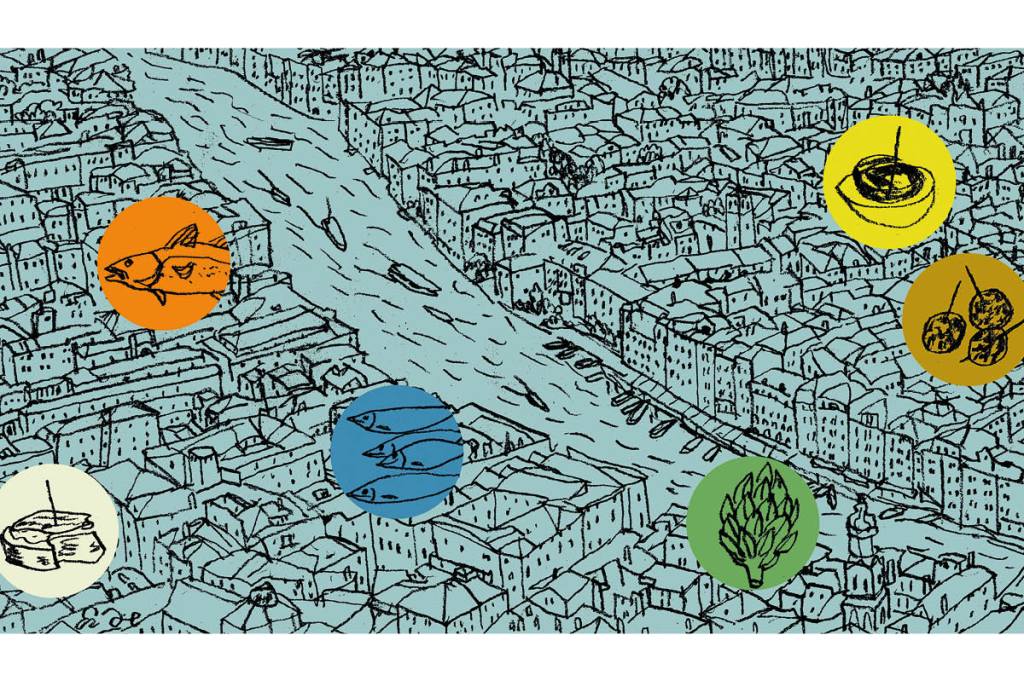









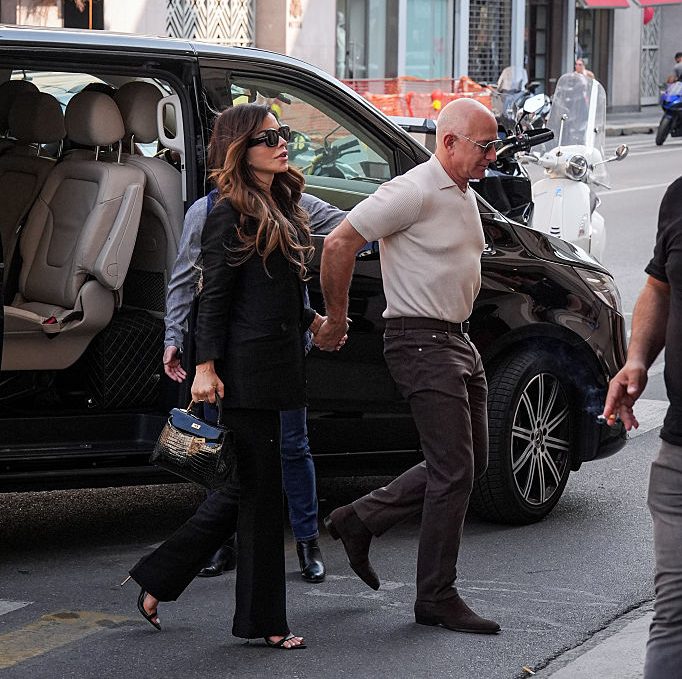

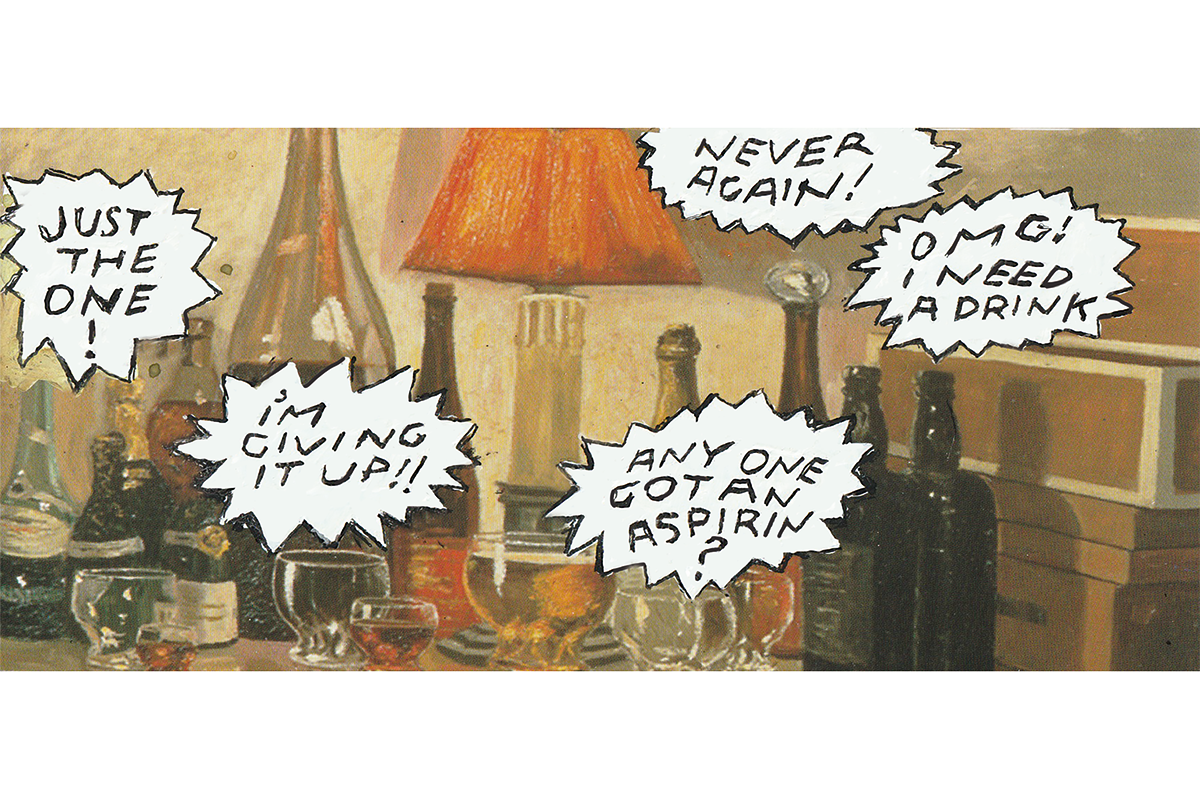

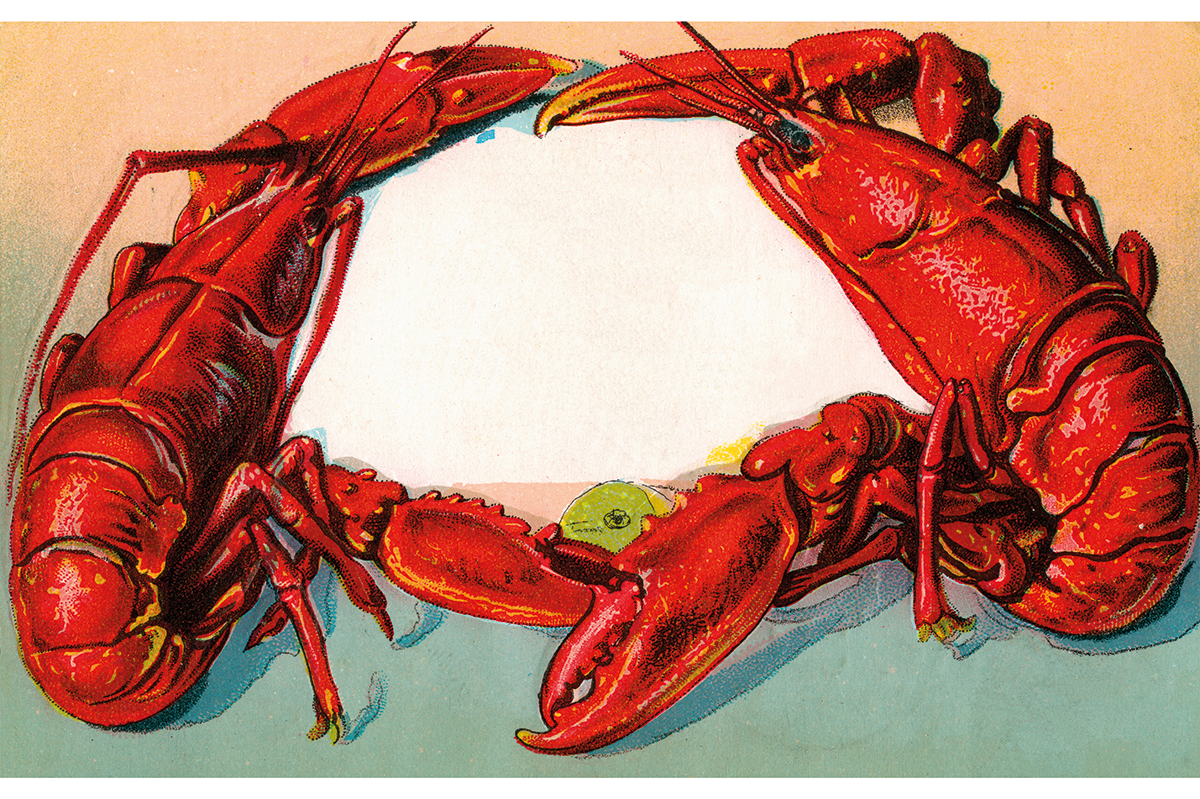
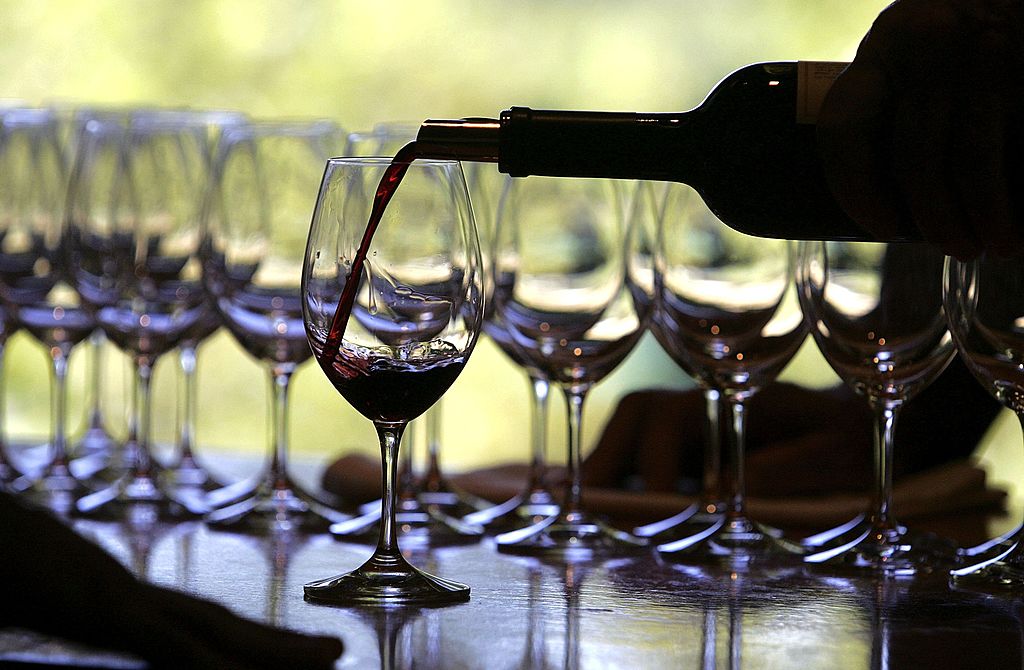







Leave a Reply